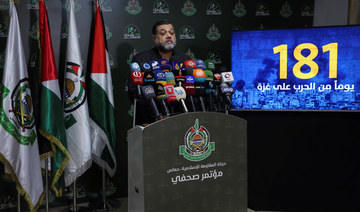GAZA: American, Israeli and Hamas negotiators are expected in Cairo over the weekend in a renewed push for a ceasefire and hostage release deal in a war that reaches the half-year mark on Sunday.
Egypt’s Al-Qahera News said CIA Director Bill Burns and Qatari Prime Minister Sheikh Mohammed bin Abdulrahman bin Jassim Al-Thani would join Egyptian mediators for Sunday’s indirect talks between the Israeli and Hamas delegations.
Ahead of the talks Hamas, confirmed its core demands — a complete ceasefire in Gaza and withdrawal of Israeli forces.
The ceasefire attempt comes after Israel’s military made a rare admission of wrongdoing and said it was firing two officers over the killing of seven aid workers in Gaza where humanitarians say famine is imminent.
The admission did not quell calls for an independent probe, however.
The deaths of the workers from US-based World Central Kitchen (WCK) on April 1 led to a tense call between US President Joe Biden and Israel’s Prime Minister Benjamin Netanyahu.
Biden urged an “immediate ceasefire” and for the first time hinted at conditioning US support for Israel on curtailing the killing of civilians and improving humanitarian conditions.
The bloodiest-ever Gaza war began on October 7 with an unprecedented attack from Gaza by Hamas militants resulting in the death of 1,170 people in southern Israel, mostly civilians, Israeli figures show.
Palestinian militants also took around 250 Israeli and foreign hostages, about 130 of whom remain in Gaza, including more than 30 the army says are dead.
Vowing to destroy Hamas, Israel has relentlessly bombarded the territory, killing at least 33,137 people, mostly women and children, according to the health ministry in the Hamas-run territory.
The UN humanitarian chief Martin Griffiths decried Israel’s war against Hamas and called for a “collective determination that there be a reckoning for this betrayal of humanity.”
Fears that the war could spread intensified after Iran vowed retaliation after seven Revolutionary Guards were killed in an air strike Monday on the consular annex of its embassy in Damascus.
Ahead of the weekend talks, Biden wrote to the leaders of Egypt and Qatar urging them to secure commitments from Hamas to “agree to and abide by a deal,” a senior administration official told AFP.
Stop-start talks have made no headway since a week-long truce in November saw some hostages exchanged for Palestinian prisoners detained by Israel.
The White House confirmed negotiations would occur this weekend in Cairo, and Hamas said its delegation would head there on Sunday.
But Hamas also restated its key demands.
“Hamas confirms its adherence to the position it presented on March 14 ... and we will not back down from this position,” a statement said.
“The demands ... are complete ceasefire, withdrawal of the occupation forces from Gaza, the return of the displaced to their residential areas, freedom of movement of the people, offering them aid and shelter, and a serious hostage exchange deal,” it said.
Biden’s Thursday call with Netanyahu included discussions on “empowering his negotiators” to reach a deal, National Security Council spokesman John Kirby said.
Washington blames the lack of a deal on Hamas’s refusal to release sick and other vulnerable hostages. Qatar has said Israeli objections to the return of displaced Gazans are the main holdup.
Biden is under pressure over massive US military aid to Israel which, so far, Washington has not leveraged despite increasingly critical comments about Israel’s conduct of the war.
The Israeli military announced it was firing two officers after finding a series of errors led to the drone strikes that killed the WCK workers.
WCK said its Gaza operations remain suspended after the attack, while other global aid groups said relief work in the territory has become almost impossible.
The army said a commander “mistakenly assumed” Hamas had seized the aid vehicles, which were moving at night.
Australia’s Foreign Minister Penny Wong said Saturday Canberra had “not yet received sufficient information” from Israel about the death of Lalzawmi “Zomi” Frankcom and the other aid workers.
“It cannot be brushed aside and it cannot be covered over,” Wong said.
WCK said Israel “cannot credibly investigate its own failure in Gaza.” Britain called for a “wholly independent review,” while Poland sought a “criminal” probe.
Hours after Biden and Netanyahu spoke, Israel announced it would allow “temporary” aid deliveries through Ashdod port and the Erez border crossing.
UN chief Antonio Guterres called for a “paradigm shift” rather than “scattered measures.”
Mahmud Bassal, spokesman for Gaza’s Civil Defense agency, told AFP on Saturday that aid reaching Gaza is “absolutely not sufficient” for its 2.4 million people, with basic necessities “extremely scarce” particularly in the north.
“Children are dying from hunger” there, he said.
Around 1.5 million Gazans are sheltering in the territory’s far south, in Rafah.
“We are ordinary citizens and human beings,” Siham Achur, 50, said in the tent that is now her family’s home. “Why did they bomb our house?“
They had lived in Khan Yunis for 30 years, Achur said, but those memories “have become dust.”
On Saturday, Israel’s military said warplanes had killed Akram Salamah, a “senior” militant it said held several positions including Hamas’s deputy chief for Khan Yunis.
Troops also recovered from Khan Yunis the body of Elad Katzir, who was abducted on October 7 and “murdered in captivity” by Islamic Jihad, a group fighting alongside Hamas, the army said.
The Israeli ambassador to Warsaw, Yacov Livne, said on social media that Katzir had dual citizenship with Poland. The Polish foreign ministry said it had received news of his death with “sadness.”
His sister Carmit Palty Katzir blamed the Israeli authorities for Elad’s death, saying he would have returned alive had the authorities agreed to a new truce.
Gaza truce talks on, after aid worker death outcry
https://arab.news/p8n79
Gaza truce talks on, after aid worker death outcry
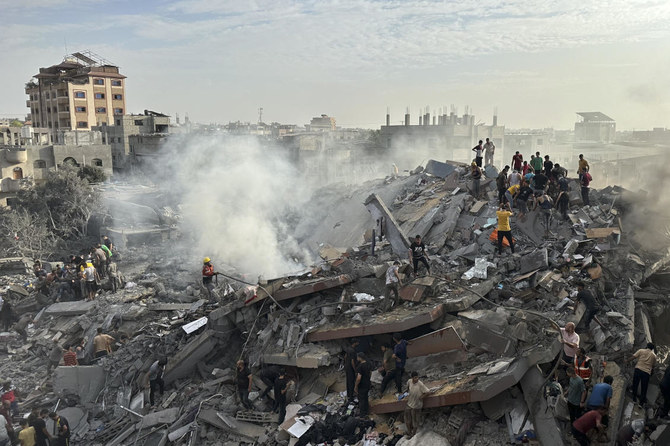
- Israel and Hamas, which negotiate through intermediaries, trade blame for lack of progress
- CIA Director, Qatari PM to join Egyptian mediators for Sunday’s talks
Amal Clooney helped ICC weigh Gaza war crimes evidence

- Clooney said she was asked by prosecutor Karim Khan to join an expert panel
WASHINGTON: Amal Clooney helped the International Criminal Court weigh evidence that led to the decision to seek arrest warrants for top Israeli and Hamas leaders, the human rights lawyer said Monday.
The high-profile British-Lebanese barrister posted a statement on the website of the Clooney Foundation for Justice, which she founded with her husband, American actor George Clooney.
Both she and the foundation had previously been criticized on social media for not speaking out over the civilian death toll in Gaza.
Clooney said she was asked by prosecutor Karim Khan to join an expert panel to “evaluate evidence of suspected war crimes and crimes against humanity in Israel and Gaza.”
The statement came the same day Khan said he was seeking arrest warrants against Israeli Prime Minister Benjamin Netanyahu and Defense Minister Yoav Gallant, as well as top Hamas leaders.
“Despite our diverse personal backgrounds, our legal findings are unanimous,” Clooney said, adding there were “reasonable grounds to believe” that Hamas’ Yahya Sinwar, Mohammed Deif and Ismail Haniyeh engaged in “hostage-taking, murder and crimes of sexual violence.”
With Netanyahu and Gallant, meanwhile, there are “reasonable grounds to believe” the two have engaged in “starvation as a method of warfare, murder, persecution and extermination.”
Khan thanked Clooney in his statement announcing the decision to seek the arrest warrants.
Clooney and other members of the panel also wrote an opinion piece in the Financial Times on Monday supporting ICC prosecutions for war crimes in the conflict.
As Hamas, Israel and top ally the United States all denounced the move, the experts wrote that they “unanimously agree that the prosecutor’s work was rigorous, fair and grounded in the law and the facts.”
Clooney, in her statement, said that “my approach is not to provide a running commentary of my work but to let the work speak for itself.”
“I served on this panel because I believe in the rule of law and the need to protect civilian lives,” she added.
“The law that protects civilians in war was developed more than 100 years ago and it applies in every country in the world regardless of the reasons for a conflict.”
Israel says retrieved bodies of hostages were in Gaza tunnels

- Israel has killed more than 35,000 Palestinians, according to Gaza’s Health Ministry
JERUSALEM: The Israeli army said Monday that the bodies of four hostages retrieved from Gaza last week were found in tunnels under Jabalia, where troops have been engaged in fierce fighting in recent days.
The army said last week it had recovered the bodies of Ron Benjamin, Yitzhak Gelerenter, Shani Louk, and Amit Buskila, all of whom it said had been killed in Hamas’s October 7 attack on southern Israel.
Their remains were recovered “from underground tunnels in Jabalia in northern Gaza,” the army said late Monday in a statement.
During a military operation, Israeli soldiers searched a suspected building in which a tunnel shaft was located, the army said.
“Soldiers then entered the underground tunnel route in a night operation and inside it conducted combat,” it said.
During the fighting the soldiers “located the bodies of the hostages and rescued them from the tunnels,” the army said.
Gelerenter, Louk, and Buskila were killed and abducted from the Nova music festival, while Benjamin was killed at the Mefalsim intersection from where his body was taken to Gaza, the army said last week.
Thousands of young people had gathered on October 6 and 7 to dance to electronic music at the Nova festival event held near Re’im kibbutz, close to the Gaza border.
Fighters from Hamas crossed over from Gaza and killed more than 360 people at the festival, Israeli officials have said.
The Nova festival victims accounted for nearly a third of the more than 1,170 people killed in the October 7 attack, most of them civilians, according to an AFP tally based on Israeli figures.
Out of the 252 people taken hostage that day, 124 are still being held inside the Gaza Strip, including 37 the army says are dead.
Israel’s retaliatory offensive against Hamas has killed at least 35,562 people in Gaza, also mostly civilians, according to data provided by the Hamas-run territory’s health ministry.
Since early May the Israeli military has been engaged in renewed street battles in northern and central Gaza.
On Friday, the army told AFP that the fighting in the northern town of Jalalia was “perhaps the fiercest” in over seven months of war.
Fighting in north and central Gaza erupted again when the military began its assault in the far-southern city of Rafah on May 7.
Iran’s Raisi ‘unbefitting of condolences’: son of ousted shah

PARIS: Iran’s former president Ebrahim Raisi, who died in a helicopter crash, is not worthy of condolences due to the rights abuses he is accused of overseeing, the son of the late Iranian shah said Monday.
US-based Reza Pahlavi, whose father Mohammad Reza Pahlavi was ousted in the 1979 Islamic revolution and died in exile in 1980, warned the death of Raisi would not affect the policies of the Islamic republic at home or abroad.
“Today, Iranians are not in mourning. Ebrahim Raisi was a brutal mass-murderer unbefitting of condolences,” Pahlavi said in a post on his official Instagram.
“Sympathy with him is an insult to his victims and the Iranian nation whose only regret is that he did not live long enough to see the fall of the Islamic republic and face trial for his crimes,” the former crown prince added.
Rights groups including Amnesty International have long accused Raisi of being a member of a four-man “death committee” involved in approving the executions of thousands of political prisoners, mostly suspected members of the outlawed opposition group People’s Mujahedin of Iran (MEK), in 1988.
As a key figure in the judiciary ever since and then president from 2021, Raisi has also been accused of responsibility over deadly crackdowns on protesters and other violations.
But Pahlavi warned the death of Raisi, as well as that of his foreign minister Hossein-Amir Abdollahian in the same crash, will “not alter the course” of the Islamic republic, where supreme leader Ayatollah Ali Khamenei has final say.
“This regime will continue its repression at home and aggression abroad,” Pahlavi said.
Pahlavi was a key member of a broad coalition of Iranian exiled opposition groups that joined together in the wake of nationwide protests that erupted in September 2022.
The coalition broke up amid tensions, but he remains an influential figure for some in the diaspora.
Pahlavi’s father the late shah, who was groomed by the West to be a Cold War ally, grew increasingly autocratic during his decades-long rule, using his feared Savak security service to crush political opposition and leading to criticism from Washington of his human rights abuses.
Iran’s President Raisi and FM Amir-Abdollahian join a long list of world leaders who have perished in air disasters

- The duo perished on Sunday when the helicopter carrying them crashed in a mountainous region of northern Iran
- At least two dozen top officials and serving heads of state have died in plane and helicopter crashes over the past century
LONDON: Iranian President Ebrahim Raisi was confirmed dead on Monday after search-and-rescue teams found his crashed helicopter in a mountainous region of northern Iran, close to the border with Azerbaijan.
Killed alongside Raisi were Foreign Minister Hossein Amir-Abdollahian and seven others, including the crew, bodyguards and political and religious officials.
Iran’s Supreme Leader Ayatollah Ali Khamenei has assigned Vice President Mohammad Mokhber to assume interim duties ahead of elections within 50 days. Ali Bagheri, the country’s one-time top nuclear negotiator, was appointed as acting foreign minister.
Iranian authorities first raised the alarm on Sunday afternoon when they lost contact with Raisi’s helicopter as it flew through a fog-shrouded mountain area of the Jolfa region of East Azerbaijan province.
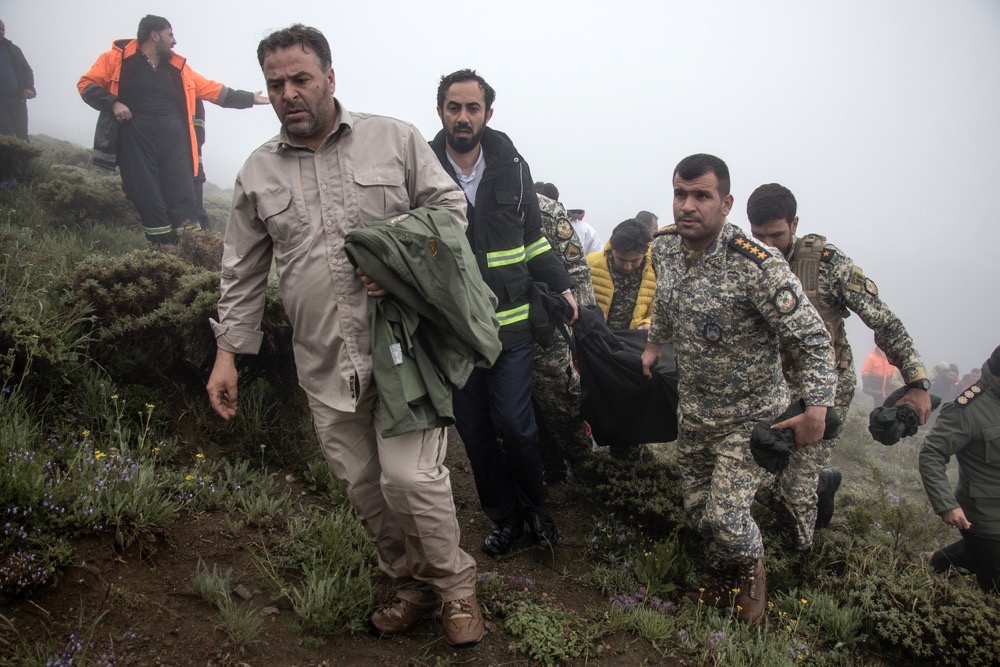
Raisi had earlier met Azerbaijan’s President Ilham Aliyev on their common border to inaugurate a dam project.
On the return trip, only two of the three helicopters in his convoy landed in the city of Tabriz, setting off a massive search-and-rescue effort, with several foreign governments soon offering help.
As the sun rose on Monday, rescue crews said they had located the destroyed Bell 212 helicopter — a civilian version of the ubiquitous Vietnam War-era UH-1N “Twin Huey” — with no survivors among the nine people on board.
State television channel IRIB reported that the helicopter had “hit a mountain and disintegrated” on impact.
Analysts have highlighted concerns about the safety of Iran’s civilian and military aircraft, many of which are in a poor state of repair after decades of US sanctions deprived the nation of new models and spare parts.
Iran has kept its civil and military aviation fleets flying during its isolation since the 1979 revolution through a combination of smuggled parts and reverse-engineering, according to Western analysts.
“Spare parts would have definitely been an issue for the Iranians,” Cedric Leighton, a retired US Air Force colonel, told CNN.
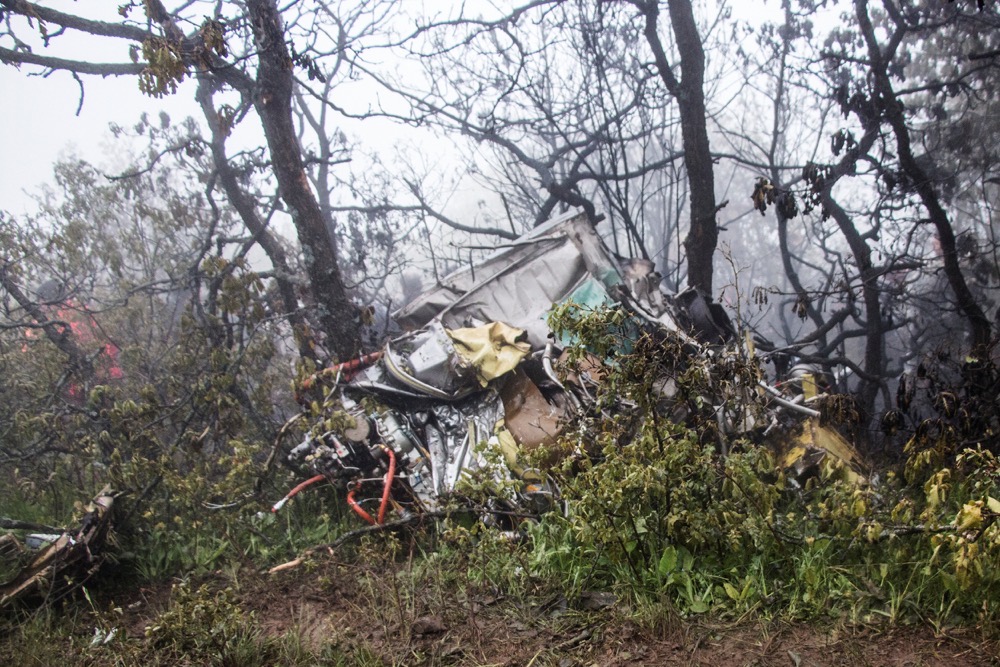
“In this particular case, I think this confluence of spare parts, because of the sanctions, plus the weather, which was very bad over the last few days in this particular part of northwestern Iran.
“All of that, I think contributed to a series of incidents and a series of decisions that the pilot and possibly even the president himself made when it came to flying this aircraft … And unfortunately for them, the result is this crash.”
Sunday’s incident is only the latest in a long history of air disasters that have claimed the lives of world leaders since the dawn of aviation.
One of the first instances of a serving leader or head of state to die in an air accident was Arvid Lindman, the prime minister of Sweden, whose Douglas DC-2 crashed into houses in Croydon, south London, while attempting to take off in thick fog on Dec. 9, 1936.
As the age of aviation took off during the interwar period, more and more leaders began taking to the skies for diplomatic visits and to touch base with the more distant corners of their dominions.
On Sept. 7, 1940, Paraguayan President Jose Felix Estigarribia died in a plane crash just a year after taking office, followed in 1943 by Poland’s prime minister in exile, Wladyslaw Sikorski, who died on July 4, 1943, when his B24C Liberator crashed into the Mediterranean shortly after taking off from Gibraltar.
While aviation technology and safety rapidly advanced after the Second World War as more and more countries began establishing their own air forces and civilian commercial fleets, technical faults, bad weather, and foul play continued to claim lives.
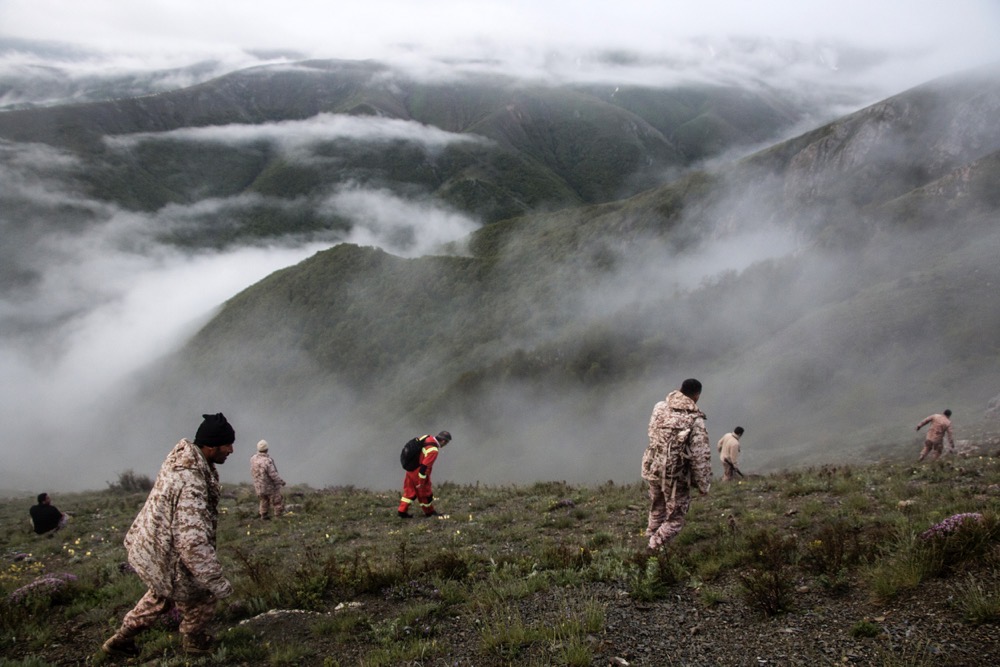
On March 17, 1957, Ramon Magsaysay, the president of the Philippines, was killed when his plane crashed into Mount Manunggal in Cebu. A year later, on June 16, Brazil’s interim president, Nereu Ramos, died in a Cruzeiro airline crash near Curitiba Afonso Pena International Airport.
Africa has also seen its share of air disasters. On March 29, 1959, Barthelemy Boganda, president of the Central African Republic, died when his Atlas flying boxcar exploded in midair over Bangui.
Then, in 1961, Swedish economist and diplomat Dag Hammarskjold, who served as the second secretary-general of the UN, died when his Douglas DC-6B crashed into a jungle in Zambia on Sept. 18.
With the 1960s came the widespread adoption of helicopter flight in conflict zones, search-and-rescue operations, and increasingly as an efficient way for politicians, diplomats and business leaders to get around and land in areas without an airstrip.
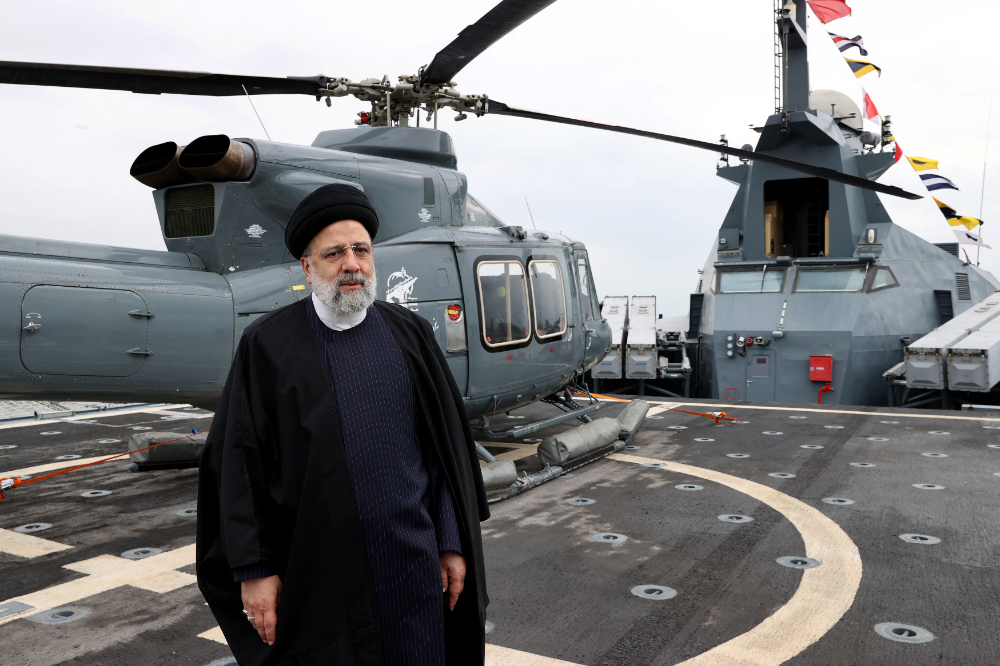
Like fixed-wing aircraft, however, helicopters are not immune to bad weather conditions, obstacles, human error, sabotage or terrorism.
One of the first world leaders to die in a helicopter crash was Abdul Salam Arif, the president of Iraq, who reportedly died when his aircraft was caught in a thunderstorm on April 13, 1966.
Similar incidents followed with the April 27, 1969, death of Bolivian President Rene Barrientos in a helicopter crash in Arque, and Joel Rakotomalala, the prime minister of Madagascar, in a crash on July 30, 1976.
Bad weather contributed to the death of Yugoslav premier Dzemal Bijedic on Jan. 18, 1977, when his Gates Learjet crashed into a mountain during a snowstorm.
Climatic conditions were also blamed when Ecuadorian President Jaime Roldos Aguilera’s Beech Super King Air 200 FAE-723 crashed on May 24, 1981, and when Mozambican President Samora Machel’s Tupolev-134A crashed while trying to land in a storm at Maputo on Oct. 19, 1986.
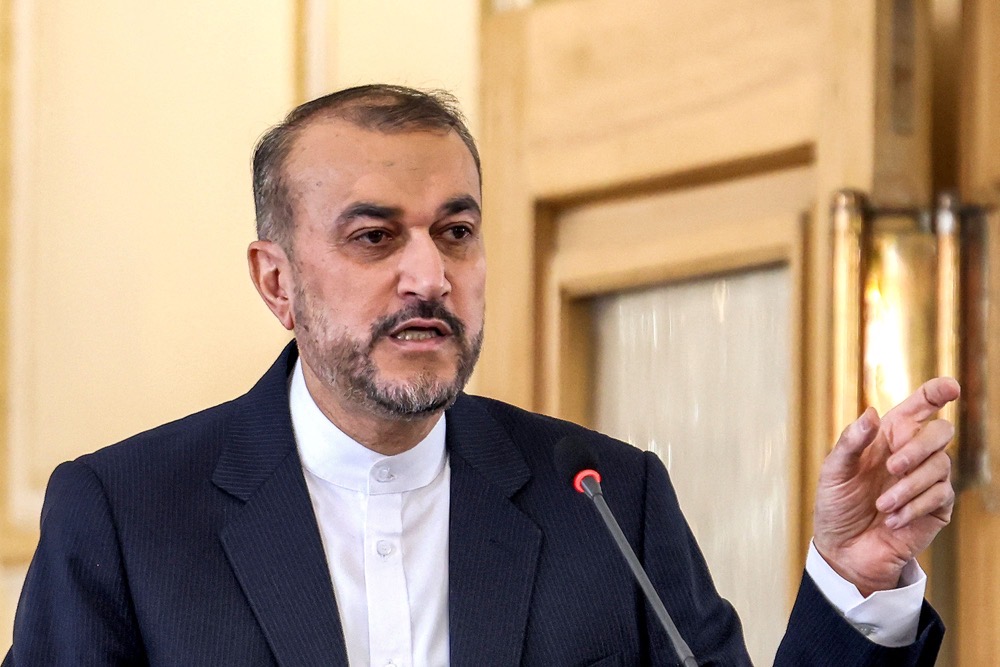
As the skies became busier, the potential for accidents grew. On July 18, 1967, Humberto de Alencar Castelo Branco, the first president of the Brazilian military dictatorship after the 1964 coup, died in a midair collision of Piper PA-23 aircraft near Fortaleza.
On May 27, 1979, Ahmed Ould Bouceif, the prime minister of Mauritania, died in a plane crash off the coast of Dakar, Senegal, and Francisco Sa Carneiro, who served as Portugal’s prime minister for only 11 months, died on Dec. 4, 1980.
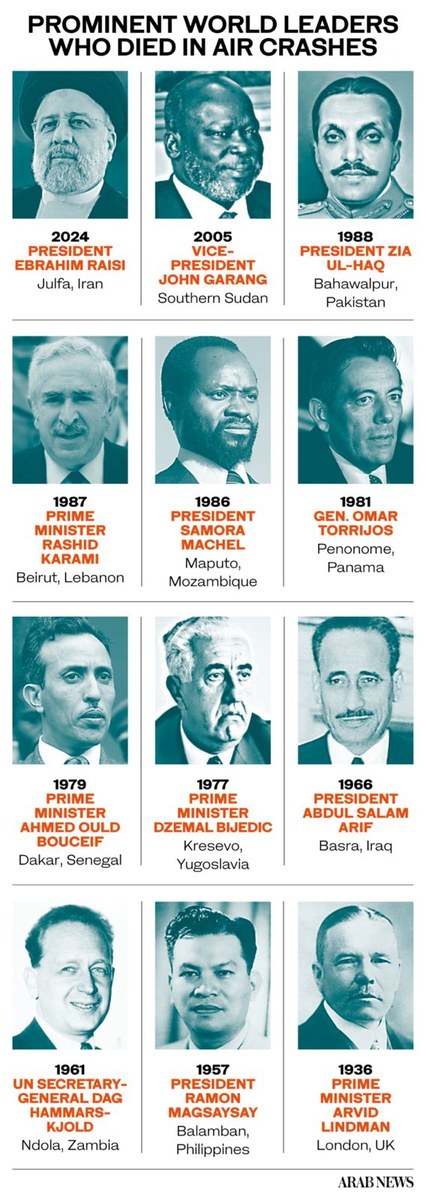
Not all crashes can be blamed on the weather or pilot error, however. In several cases, aircraft have been deliberately targeted as a means of killing their high-profile passengers.
Panamanian leader Gen. Omar Torrijos died on July 31, 1981, when his Panamanian Air Force plane crashed under suspicious circumstances.
On June 1, 1987, Lebanese statesman Rashid Karami, who served as prime minister eight times, was killed when a bomb detonated aboard his helicopter shortly after takeoff from Beirut.
In one particularly devastating incident, Rwandan President Juvenal Habyarimana and Burundian President Cyprien Ntaryamira were both killed on April 6, 1994, when their Dassault Falcon 50 9XR-NN was shot down while approaching Rwanda’s Kigali airport.
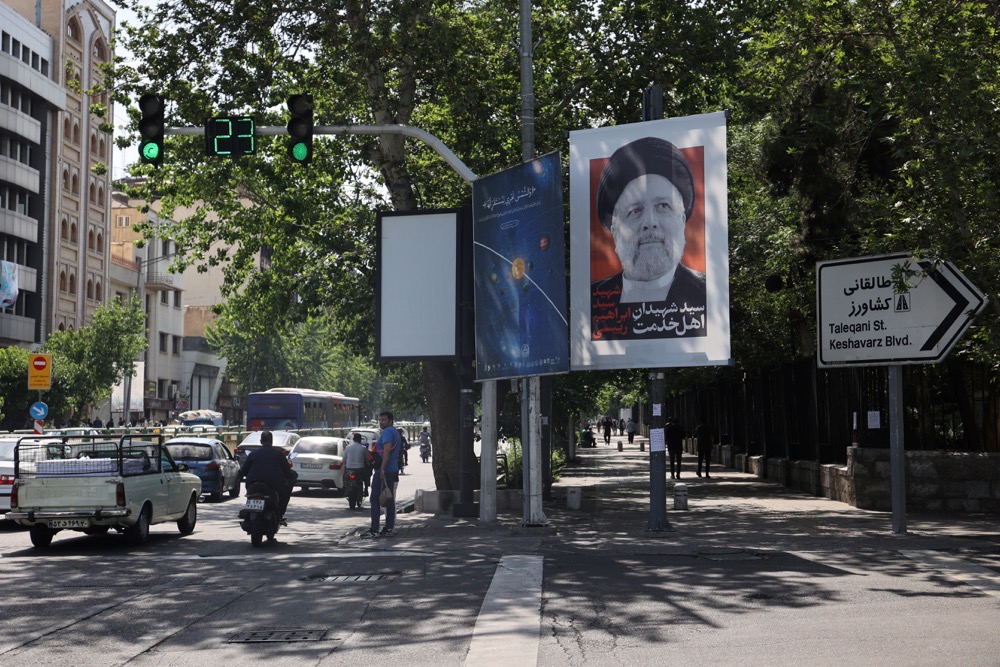
There have been several investigations into the air crash that killed Pakistan’s Gen. Zia Ul-Haq on Aug. 17, 1988, but no satisfactory cause was found, leading to a flurry of assassination theories.
The Pakistani Air Force Lockheed C-130B crashed shortly after takeoff from Bahawalpur. According to investigators, the plane plunged from the sky and struck the ground with such force that it was blown to pieces and wreckage scattered over a wide area.
Despite vast improvements in aviation safety, disasters have continued to strike well into the new millennium.
On Feb. 26, 2004, Macedonian President Boris Trajkovski died when his Beechcraft Super King Air 200 Z3-BAB crashed while trying to land in poor weather at Mostar.
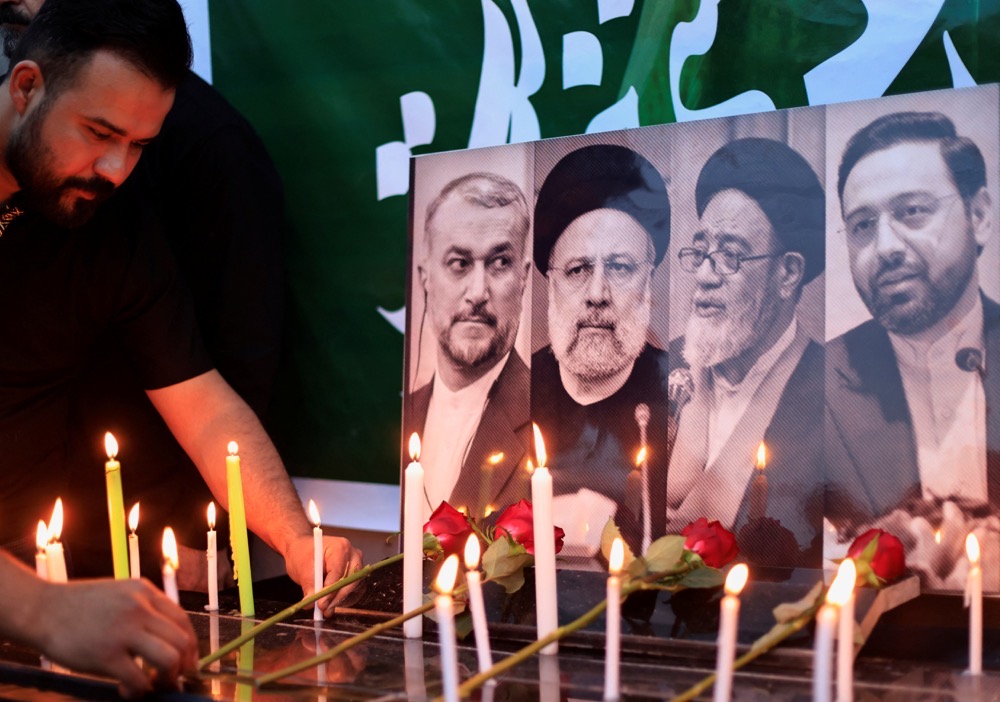
John Garang, leader of the Sudan People’s Liberation Army and briefly first vice president of Sudan, died when his helicopter crashed into a mountain range in the country’s south after getting caught in poor weather on July 30, 2005.
Muhammadu Maccido, the sultan of Sokoto in Nigeria, was killed alongside his son when his ADC Airlines Flight 53 crashed on Oct. 29, 2006, and Polish President Lech Kaczynski died on April 10, 2010, when his Tupolev-154 crashed in foggy weather when approaching Smolensk airport in western Russia.
In the latest incident prior to Raisi’s death, the deceased was actually at the controls when the aircraft got into difficulty. Chile’s former president, Sebastian Pinera, was killed on Feb. 6 this year when the Robinson R44 helicopter he was piloting crashed nose-first into Lake Ranco.

While this list of fatalities might give world leaders pause for thought as they step aboard their presidential jets on their next diplomatic outing, it is well worth remembering that modern air travel is statistically many times safer than traveling by road.
That said, an experienced pilot, an aircraft in good condition, a clear weather forecast, and a flight plan shrouded in secrecy would no doubt improve their odds of making a safe arrival.

Iran to hold presidential election on June 28: state media

- The election calendar was approved at the meeting of the heads of the judiciary, government, and parliament
TEHRAN: Iran announced Monday it will hold presidential elections on June 28, state media reported, following the death of President Ebrahim Raisi and his entourage in a helicopter crash.
“The election calendar was approved at the meeting of the heads of the judiciary, government, and parliament,” state television said.
“According to the initial agreement of the Guardian Council, it was decided that the 14th presidential election will be held on June 28.”



